When our San Francisco accident lawyer hears about an accident involving a bicycle, the cyclist is often the victim of a negligent driver. So it is with particular interest that the team at The Brod Law Firm, an experienced San Francisco collision law firm, has been following the developing story in which a cyclist struck and killed a local pedestrian.
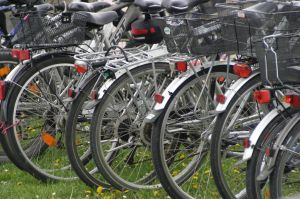 This week, the San Francisco Chronicle reported that District Attorney George Gascón is moving forward with felony vehicular manslaughter charges stemming from an incident that occurred on March 29, 2012. Chris Bucchere, age thirty-five, was riding his bicycle in the Castro district when he struck and killed seventy-one year old Sutchi Hui. At the time of the accident, Hui was a pedestrian and in the crosswalk located at the intersection of Market and Castro Streets. The charge is a felony and could carry a sentence of sixteen months incarceration.
This week, the San Francisco Chronicle reported that District Attorney George Gascón is moving forward with felony vehicular manslaughter charges stemming from an incident that occurred on March 29, 2012. Chris Bucchere, age thirty-five, was riding his bicycle in the Castro district when he struck and killed seventy-one year old Sutchi Hui. At the time of the accident, Hui was a pedestrian and in the crosswalk located at the intersection of Market and Castro Streets. The charge is a felony and could carry a sentence of sixteen months incarceration.
While it is believed that Bucchere had a yellow light when he cycles southbound through the intersection, a witness reports seeing him go through several stop signs and red lights on Divisadero Street before he reached the accident scene. A tracking device on the bicycle also indicated Bucchere was travelling faster than 35 miles per hour in a 25 mile per hour zone. The district attorney’s office believes these and other facts support a charge that Bucchere was grossly negligent and failed to yield to Hui at the crosswalk. Surveillance footage also shows that the cyclist was hunched over and made little or no effort to avoid hitting the pedestrian.
 San Francisco Injury Lawyer Blog
San Francisco Injury Lawyer Blog













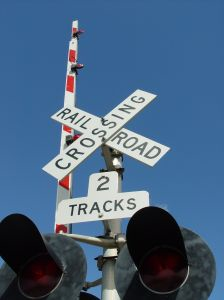 Train safety is important for both pedestrians and drivers. Today’s trains are often quieter than in the past so vigilance is particularly key. The average train weighs about 200 tons and trains can weigh as much as 6,000 tons. Trains take time to come to a complete stop and cannot veer around objects in their path. It is thus vital for all of us to exercise extreme caution around trains and railway tracks.
Train safety is important for both pedestrians and drivers. Today’s trains are often quieter than in the past so vigilance is particularly key. The average train weighs about 200 tons and trains can weigh as much as 6,000 tons. Trains take time to come to a complete stop and cannot veer around objects in their path. It is thus vital for all of us to exercise extreme caution around trains and railway tracks.  As the Associated Press reported, last Wednesday, BP and a team of plaintiffs’ attorneys presented judge overseeing the BP cases with the formal terms of a proposed settlement for the pending class-action claims. The lawyers are looking for the judge to issue a preliminary approval that would impact BP and a plaintiff-side class composed of more than 100,000 businesses and individuals. There is no indication of how long it will take the judge to reach a ruling. Judge Barbier is expected to hold a formal fairness hearing to evaluate the settlement prior to issuing a final approval.
As the Associated Press reported, last Wednesday, BP and a team of plaintiffs’ attorneys presented judge overseeing the BP cases with the formal terms of a proposed settlement for the pending class-action claims. The lawyers are looking for the judge to issue a preliminary approval that would impact BP and a plaintiff-side class composed of more than 100,000 businesses and individuals. There is no indication of how long it will take the judge to reach a ruling. Judge Barbier is expected to hold a formal fairness hearing to evaluate the settlement prior to issuing a final approval.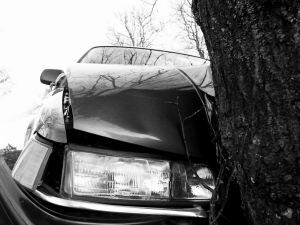 The Oakland Tribune reported on a serious car accident that occurred on Wednesday night near Napa. A fifteen year old girl was driving on Buhman Avenue in the area south of Congress Valley Road. The teenager was speeding when she lost control of her vehicle at a curve and crashed into a tree head-on. Although the car, a 1992 Honda Civic, was only intended to seat five, there were a total of seven teenage occupants in the vehicle at the time of the crash. All of the car’s passengers were taken to Queen of the Valley Medical Center with three (males aged nineteen, fifteen, and fourteen) suffering major injuries. The driver of the car reportedly fled the scene of the accident. Alcohol is not believed to have been a factor in the collision.
The Oakland Tribune reported on a serious car accident that occurred on Wednesday night near Napa. A fifteen year old girl was driving on Buhman Avenue in the area south of Congress Valley Road. The teenager was speeding when she lost control of her vehicle at a curve and crashed into a tree head-on. Although the car, a 1992 Honda Civic, was only intended to seat five, there were a total of seven teenage occupants in the vehicle at the time of the crash. All of the car’s passengers were taken to Queen of the Valley Medical Center with three (males aged nineteen, fifteen, and fourteen) suffering major injuries. The driver of the car reportedly fled the scene of the accident. Alcohol is not believed to have been a factor in the collision. 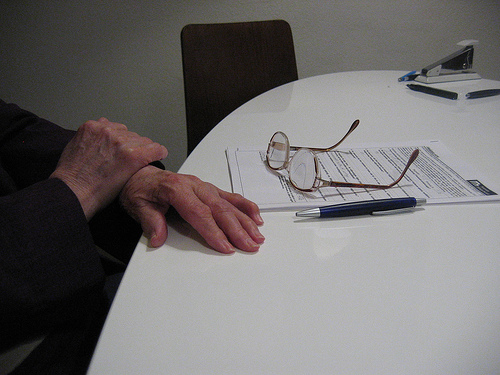
 In November 2011, a drilling accident led to an oil spill at Chevron’s Frade field. The Frade site is a deep water field in the Atlantic Ocean off the coast of Rio de Janeiro. It is estimated that three thousand barrels of crude oil flowed into the water as a result of the Frade incident. According to allegations, the companies involved in the Frade project used faulty equipment, applied excessive drilling pressure, and failed to fulfill requirements aimed at preventing oil spills.
In November 2011, a drilling accident led to an oil spill at Chevron’s Frade field. The Frade site is a deep water field in the Atlantic Ocean off the coast of Rio de Janeiro. It is estimated that three thousand barrels of crude oil flowed into the water as a result of the Frade incident. According to allegations, the companies involved in the Frade project used faulty equipment, applied excessive drilling pressure, and failed to fulfill requirements aimed at preventing oil spills.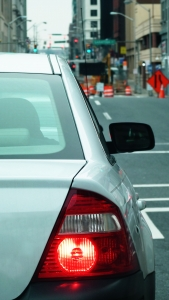 This week, The Sacramento Bee carried a report detailing the results of a National Highway Traffic Safety Administration. The study focused on accidents resulting from a driver mistakenly pressing on the gas when they intended to hit the brake pedal. Study directors examined a North Carolina database of crashes including four hundred gas pedal accidents and also looked at news reports detailing nine hundred crashes stemming from pedal mistakes. Interestingly, the study found that nearly two-thirds of driver involved in accidents stemming from a pedal mistake were female. This is particularly notable since men account for a greater percentage of all crashes, with male drivers accounting for sixty percent of drivers involved in all collisions.
This week, The Sacramento Bee carried a report detailing the results of a National Highway Traffic Safety Administration. The study focused on accidents resulting from a driver mistakenly pressing on the gas when they intended to hit the brake pedal. Study directors examined a North Carolina database of crashes including four hundred gas pedal accidents and also looked at news reports detailing nine hundred crashes stemming from pedal mistakes. Interestingly, the study found that nearly two-thirds of driver involved in accidents stemming from a pedal mistake were female. This is particularly notable since men account for a greater percentage of all crashes, with male drivers accounting for sixty percent of drivers involved in all collisions.  As always, our
As always, our